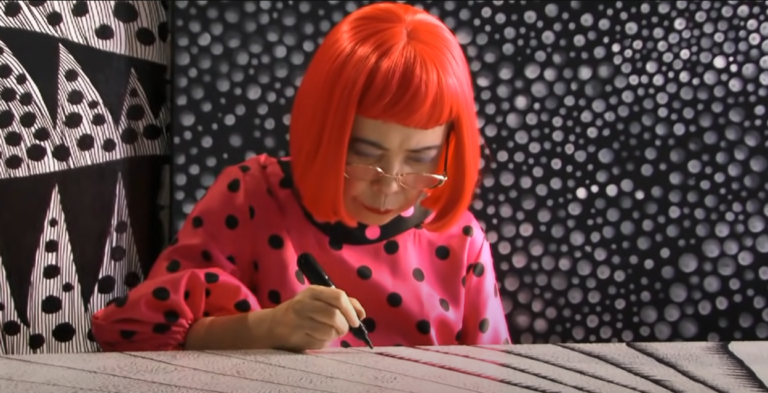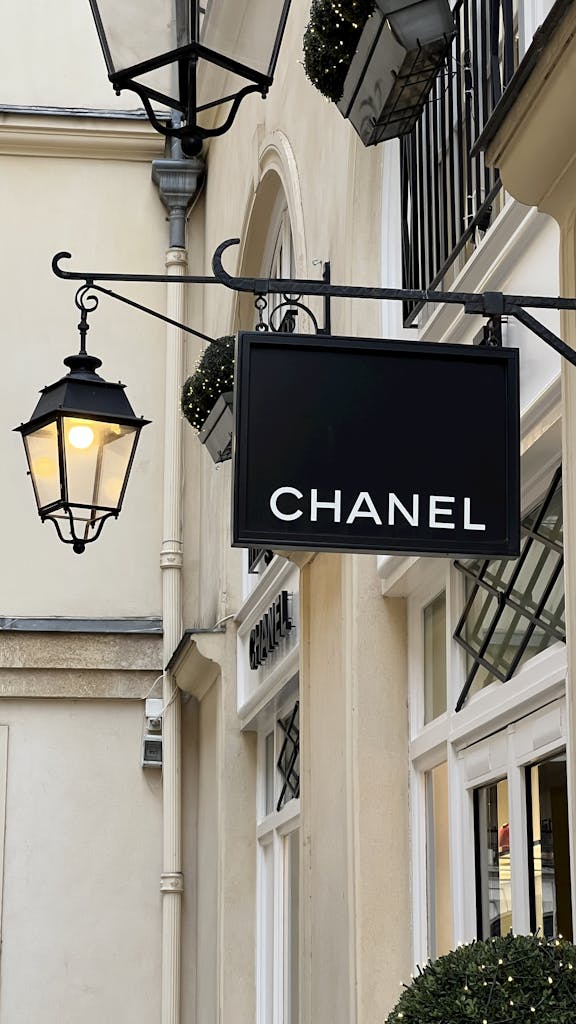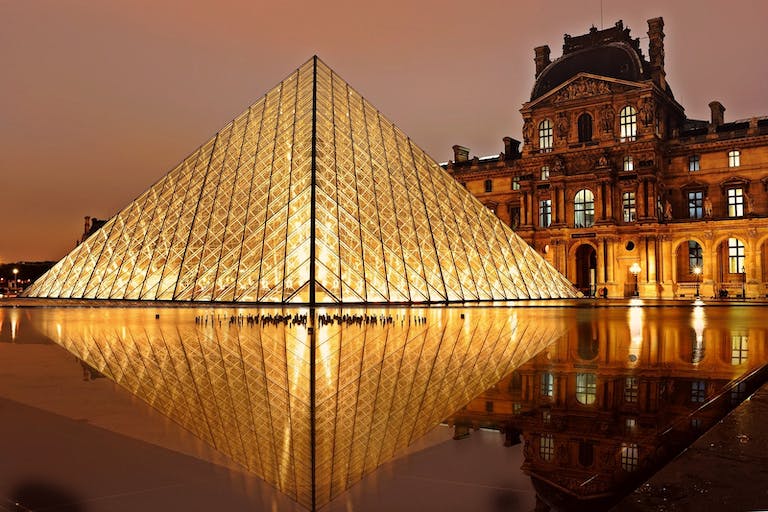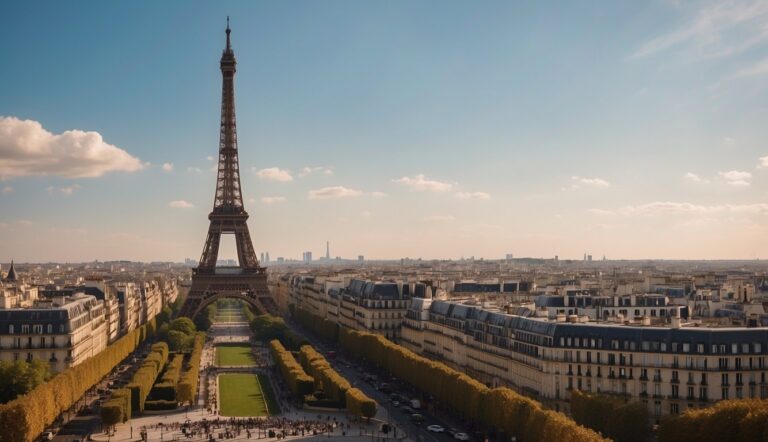Paris Fashion Week: Everything You Need To Know
Paris Fashion Week is the ultimate fashion event that takes place twice a year in the French capital. It usually is the grand finale of the 4 big fashion weeks after New York, London and Milan. Paris Fashion Week is very significant because Paris dominated the global fashion scene from the mid 1800s and throughout the 1900s, it was during this time that the most prestigious fashion houses such as Chanel, Christian Dior and Givenchy grew their influence on fashion trends throughout the world.
Paris Fashion Week holds a unique prestige in the world of fashion for several historical, cultural, and industry-related reasons. Perhaps the biggest reason why Paris Fashion Week is so iconic is because Paris is the birthplace of haute couture. It is considered to be the highest form of exclusive luxury clothing, as it is a term heavily regulated in France, meaning that it can only be used by firms that meet certain well-defined standards. This exclusivity has given Paris an edge in showcasing high-end, luxury fashion that’s often seen as the pinnacle of craftsmanship and creativity in the industry.
Paris Fashion Week also has a different atmosphere than other popular fashion weeks. Unlike its counterparts in New York, London or Milan, that are known for their dynamic energy, street style and cutting edge fashion trends, Paris Fashion Week adopts an air of refined grace. It leans heavily into the legacy of haute couture and celebrates enduring style, timeless elegance and quality craftsmanship.
Key Takeaways
- Paris Fashion Week is a week-long celebration of haute couture, showcasing the latest designs from the most iconic designers and brands in the industry.
- The event is a cultural and artistic expression of the fashion industry, setting the tone for upcoming trends and styles.
- Paris Fashion Week has a rich history dating back to the 19th century and has grown in popularity over the years, becoming a global event that attracts designers, celebrities, and fashion enthusiasts from all over the world.
History and Significance of Paris Fashion Week
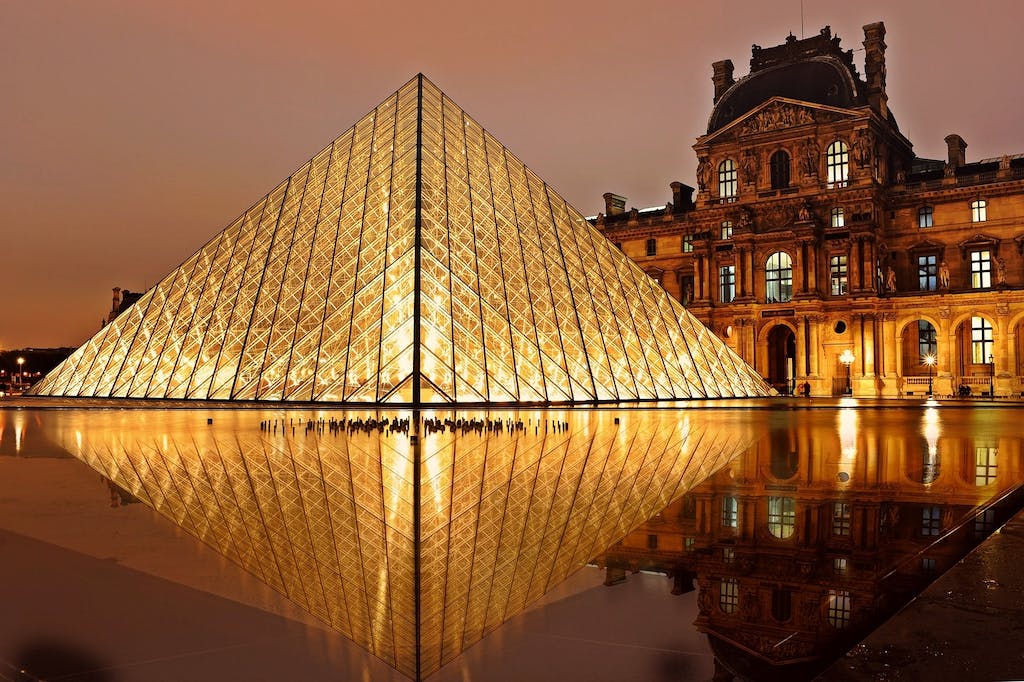
Birth Place of Haute Couture
The history of Paris Fashion Week is closely linked to the evolution of Haute Couture, which began in 1858 when Charles Frederick Worth established the first Haute Couture house in French history. Haute Couture is a French term that means “high sewing” or “high dressmaking.” It is a term used to describe the creation of custom-made, high-quality garments using the finest fabrics and materials that only the upper class could afford.
When luxury fashion houses had new collections, this exclusivity translated into private showings for invite only clientele creating an atmosphere of mystery and fascination for the people who did not have access to these shows. By catering to clientele with more money to spend, Haute Couture houses were able to use more money and fabric to design iconic fashion pieces other fashion designers did not have the luxury to create.
Their level of quality and designs were so acclaimed that eventually the French established the standards for the craft and regulated the term Haute Couture so that it would not easily be used by just any designer across the globe. In 1973, the Fédération de la Haute Couture et de la Mode was established, and it took over the organization of Paris Fashion Week. The Federation is responsible for organizing the event, and it ensures that only the most prestigious fashion houses are allowed to participate.
This exclusive nature, culture of Paris Haute Couture can be seen in all 3 categories of the Paris Fashion Show, Haute Couture, Men’s Fashion and Prêt-à-Porter, aka Ready-To-Wear. To this day, they all remain invite only which significantly contributes to Paris Fashion Weeks’ prestige and allure. This selective access creates an air of exclusivity and luxury, making an invitation a coveted item among fashion enthusiasts, celebrities, and industry insiders. It’s a symbol of status, and insider access in the fashion world.
The limited guest list ensures Paris Fashion Week remains an intimate and high-profile affair with attendees only being influential figures in fashion, entertainment, and media. The allure of the unattainable plays a significant role here; the harder it is to gain entry, the more desirable the event becomes. Along with their elegant quality designs and pride in their work Paris is at the epicenter of global fashion trends.
When Paris Fashion Week Is Held

Paris Fashion Week is a bi-annual event that takes place twice a year, typically in February and September as the final fashion week of the big 4 fashion weeks, Paris, New York, London and Milan, that are held one after another.
The exact dates of Paris Fashion Week can vary from year to year, but the event typically lasts for around a week. Typically New York and Paris have the longest fashion weeks due to the amount of designers that each city has to showcase. Take the 2024 fashion week schedules for instance:
- New York Fashion Week: February 9-14, 2024;
- London Fashion Week: February 16-20, 2024;
- Milan Fashion Week: February 20-26, 2024;
- Paris Fashion Week: February 26 to March 5, 2024.
The event is attended by some of the biggest names in the fashion industry, including designers, models, and celebrities. It’s also a major event for fashion journalists and bloggers, who cover the latest trends and runway shows.
Key Designers To Look For At Paris Fashion Week
The heavy weight designers and brands at Paris Fashion Week that dominate the best venues across Paris are so well established across the global fashion industry it would be hard to miss them when shopping at the mall. They include Chanel, Louis Vuitton, Dior, Givenchy, Saint Laurent, Hermès, Valentino and many more iconic designers.
These fashion powerhouses have a long history of presenting groundbreaking collections and dominated the Paris Fashion Week stages for decades. Here are some of the brands not to be missed every fashion week:
Chanel: is iconic for its timeless elegance and the revolutionary impact of Coco Chanel on women’s fashion. Known for the little black dress, the Chanel suit, and the classic Chanel No. 5 perfume, the brand symbolizes luxury and enduring style.
Dior: Christian Dior’s New Look, introduced in 1947, revolutionized women’s fashion with its emphasis on femininity and luxury. Dior continuously showed how fabrics can be used to innovate in many ways and continues to be a symbol of elegance and haute couture innovation.
Givenchy: Givenchy is celebrated for its elegant, sophisticated style and association with iconic figures like Audrey Hepburn. Givenchy really focused on glamourizing any female body type and is quick on the uptake on modern innovation.
Louis Vuitton: Known for its luxury leather goods, Louis Vuitton which initially began as a trunk making company, has expanded into a fashion powerhouse. They blend traditional craftsmanship with contemporary design, symbolizing both luxury and innovation.
Saint Laurent: Pioneering in introducing the tuxedo for women, Saint Laurent is known for its modern and iconic pieces that blend refinement with a hint of rebellion, reshaping modern fashion.
The New Wave Of Paris Designers
Paris Fashion Week is not only a showcase of established designers but also a platform for emerging talents. The new wave of Paris designers is taking the fashion scene by storm with their innovative creations, fresh perspectives, and avant-garde designs.
One of the rising stars is Marine Serre, who has gained a cult following for her futuristic designs that blend sportswear and couture. Her signature crescent moon motif has become an iconic symbol of her brand. Another designer making waves is Ludovic de Saint Sernin, who is known for his sensual and gender-fluid designs. His collections feature intricate details, such as hand embroidery and beading, that showcase his impeccable craftsmanship.
Another designer to watch out for is Kwaidan Editions, a label founded by Léa Dickely and Hung La. Their collections are inspired by Japanese culture and feature bold prints and graphic patterns. They are also known for their unique silhouettes and unexpected fabric choices, such as neoprene and PVC.
These designers represent the new wave of Paris fashion, which is characterized by experimentation, innovation, and a willingness to push boundaries. They are redefining what it means to be a Parisian designer and are paving the way for the future of fashion.
Paris Fashion Week Has A Huge Economic Impact

Paris Fashion Week is not just a cultural event; it is also a major economic driver for the fashion industry. According to a report by Newsletter Actualités, the event generates over €1 billion in revenue for the city of Paris each year. This revenue comes from a variety of sources, including hotel bookings, restaurant reservations, and transportation services.
In addition, the event provides a major boost to the fashion industry by creating demand for new collections and products. Many fashion brands see an increase in sales during and after Fashion Week, as consumers rush to purchase the latest designs and trends. This increased demand helps to stimulate the economy and create jobs in the fashion industry.
Marketing and Media Coverage
Paris Fashion Week is one of the most important events in the fashion industry, and it attracts a lot of media attention. Major news outlets such as CNN and fashion magazines like Vogue cover the event extensively, providing in-depth analysis of the latest trends and designs. In addition, many fashion brands use the event as an opportunity to launch new collections and products, which generates a lot of buzz and media coverage.
Fashion brands also use social media platforms like Instagram and Twitter to promote their collections and engage with their followers during Fashion Week. Many brands collaborate with influencers and bloggers to create content that showcases their products and collections, which helps to increase their visibility and reach a wider audience.
Elaborate Venues Are A New Way To Experience Paris

Every year, brands go above and beyond. Transforming venues to new spaces. Fashion weeks are so grandiose and have become quite a show each year and brands go out of their way to transform spaces. Think of the Grand Palais, Chanel under the creative direction of Karl Lagerfield and now Virginie Viard have transformed the space into everything from a beach to a grocery store, to a rocket launch site.
Saint Laurent at the Eiffel Tower: Saint Laurent has utilized the space near the Eiffel Tower, one of the most recognizable symbols of Paris, for its runway shows. The juxtaposition of the latest in fashion with the timeless elegance of the Eiffel Tower creates a striking visual. The aim is to blend the brand’s contemporary, edgy aesthetic with the enduring symbol of Parisian chic, thereby creating a powerful visual narrative that resonates globally.
Louis Vuitton at the Louvre Museum: Louis Vuitton has staged several shows in the Louvre, often in the Cour Carrée or inside the museum itself. Using one of the world’s most famous museums as a venue, the brand aims to associate its collections with the timeless art and history that the Louvre represents, underscoring Louis Vuitton’s blend of luxury, art, and heritage.
Dior at the Musée Rodin: Dior often hosts shows at the Musée Rodin, a museum dedicated to the works of the French sculptor Auguste Rodin. The lush gardens and the classical architecture of the museum provide a serene and artistic backdrop for Dior’s collections. The aim here is to align Dior’s sophisticated and elegant designs with the artistic and refined ambiance of the Musée Rodin, highlighting the brand’s commitment to beauty and artistry.
Paris Fashion Week Is A Sight To Behold
ChatGPT
Paris Fashion Week is like the Super Bowl of fashion. Imagine the most talented designers from all corners of the globe, all vying for a spot on those coveted Parisian runways. It’s where the magic happens – where styles we’ll all be wearing next year first see the light of day. Everyone who’s anyone in fashion is there, from the biggest names in the biz to fresh faces eager to make their mark. And let’s not forget the venues! They turn historic spots across Paris into these amazing, one-of-a-kind stages that add an extra layer of wow to everything. It’s not just a fashion show; it’s the show.

